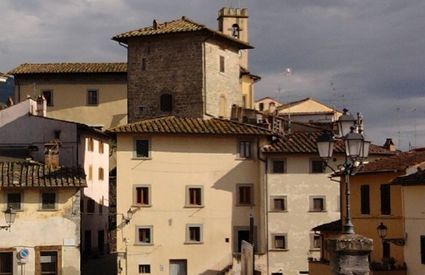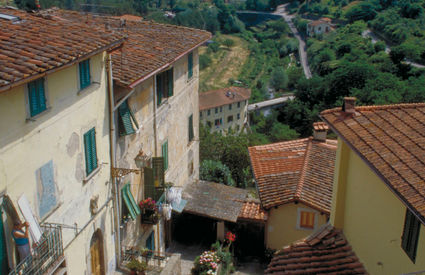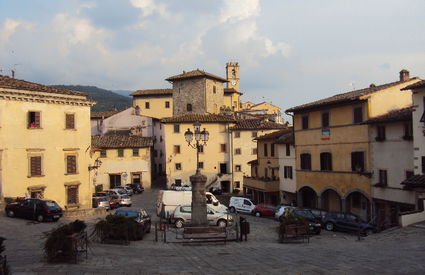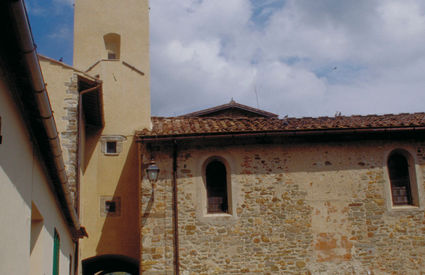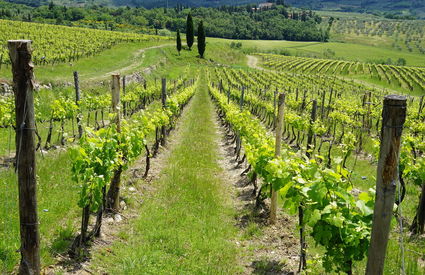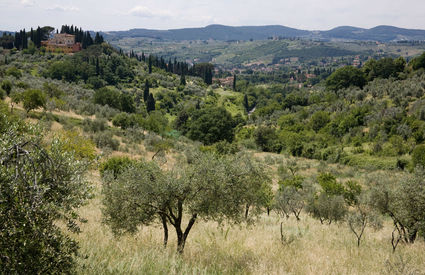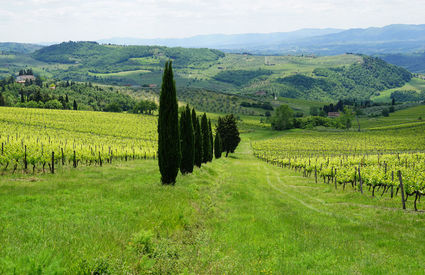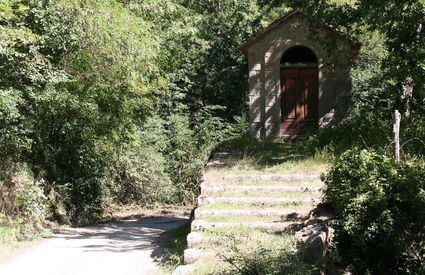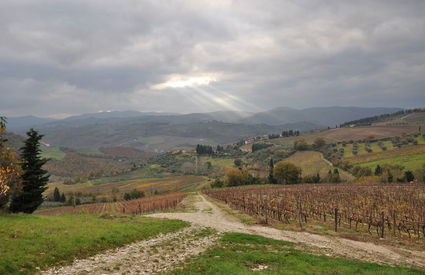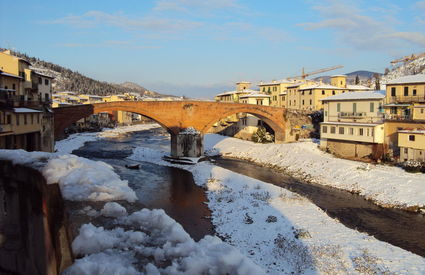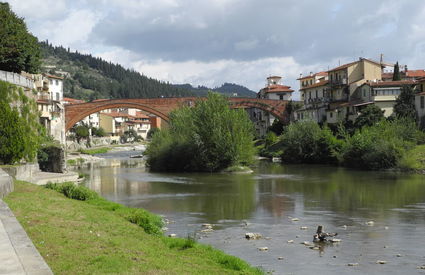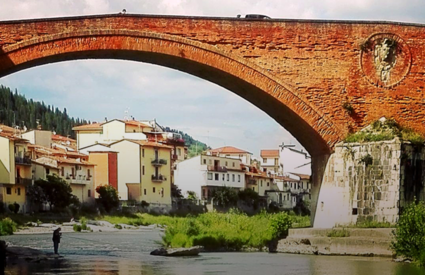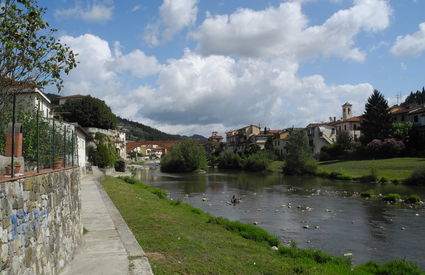Pelago
More wine for all of us up here
A local loon, an odd correspondence and a few reflections on a magnificent but declining land ~ by Daniele Pasquini
More wine for all of us up here
A local loon, an odd correspondence and a few reflections on a magnificent but declining land ~ by Daniele Pasquini
Pelago. Piazza Ghiberti is declining
“This isn’t just the most perfect example of this area’s agorà,” Giuseppe said to me once, motioning toward the steps of the Casa del Popolo. “It’s more about the fact that this is the most perfect example of an agorà in decline”.
He was a total oddball, but I kind of liked such weirdos. I asked him what type of advantages came with living in a town with a tilted square. “Well, because when something slopes downward, everything tumbles away. So the heavy issues just roll off. Only the lightest ones remain.”
Giuseppe would go on to die not long afterward, without any relatives, heirs, or even friends. He had an apartment in front of the church. Given that there was no will left behind, before all of his belongings got taken away, I asked city officials for permission to enter.
His house was overflowing with notes and old radios. He wrote all the time. He claimed to have intercepted coded messages from Russian and American spies, and to have intervened in discussions between the Kremlin and the White House. He was of course mocked for this, but when I discovered transcriptions of presumed transoceanic conversations in his diaries, I decided to honor his memory, aiming to decipher the cryptic messages out of his frazzled handwriting. On his kitchen table I found a sheet dated October 1982 which reported: “Peace to the Vladivostok brothers and Denver. All’s well in Pelago. The activation of the missiles has been postponed. We’re getting ready to nibble the olives.”
The hills. The villages of Diacceto and San Francesco
They let me take his notes. I stuck them in the garage and, with the utmost patience, worked through organizing nearly three decades’ worth of international and unilateral correspondence. There were the occasional inanities (“Today at the Sagra del Bollito I got to sample Emilio’s donuts. He deserves to live a long life”), but he also often left behind clues that pointed toward plots and intrigues related to Cuba or Vietnam, with local demographics studied via electoral lists of the PCI. It wasn’t particularly reasonable to believe what he’d written, and yet, going down toward the plain from Diacceto, and crossing over those picturesque rows, which held a grace unrivalled by the prettiest Chianti postcards, I started reflecting on those speeches of his...on the need for levity in life, or on tumbling down below.
San Francesco. The ice house and the Ponte Mediceo
Pelago had always dominated the countryside from on high. But San Francesco, a tiny fraction on the banks of the Sieve, through the years had expanded so much that it surpassed the capital. Eager to get down from the hills, people gradually turned it into a proper small town, or “cittadina”. It was right there that, as Giuseppe’s writings went, “They gather foolishly and at the whims of the most varied authorities: subversive types who look more to the city than to their own roots. They wait for reinforcements.” Now, in the piazza of San Francesco, two old men stood facing the river, observing the town of Pontassieve, perched on the other bank. I’m not sure what Giuseppe meant. But I know he definitely didn’t like the new models of urbanization, the expansion toward the plain.
A page written just a few weeks before his death read: “Peace in Ohio and in Siberia. All’s well in Pelago. A harmonious atmosphere among the vineyards: people are tired, but the demijohns are full. People keep talking more and more about various families moving down toward the valley. It saddens me, but consoles me in a way. It means there’s more wine for all of us up here.”


